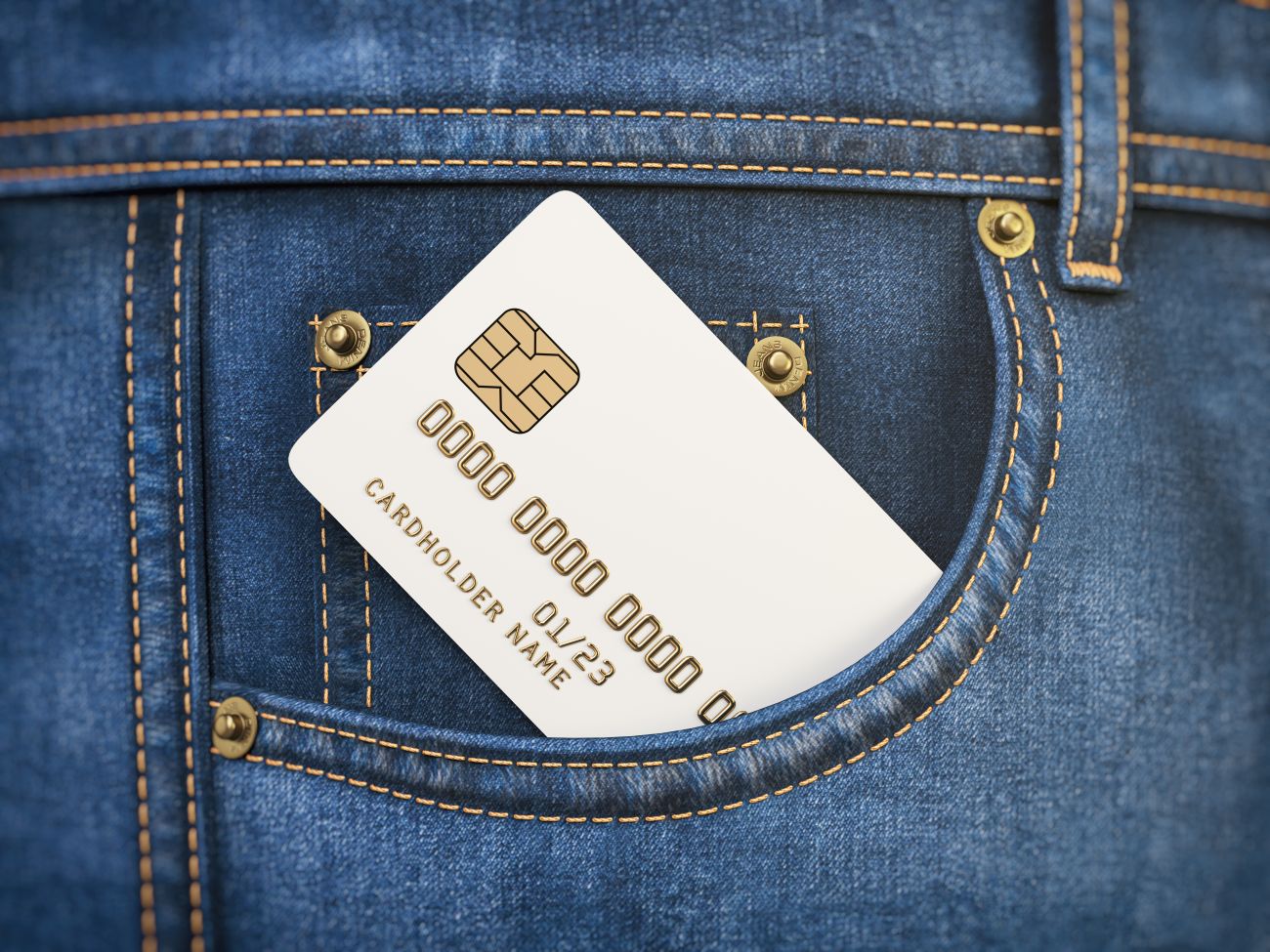The Future of Card Issuing: Innovations and Trends Shaping the Financial Landscape
The days of fumbling for your physical credit card may soon be behind us. Virtual cards are rapidly gaining traction, offering a seamless and secure way to make payments without the need for a physical piece of plastic. These digital card numbers can be generated instantly and used for online purchases or loaded into mobile wallets for in-store payments.
Virtual Cards: The New Frontier of Plastic-Free Payments
One of the biggest players in this space is Revolut, a fintech company that allows users to create virtual cards with just a few taps in their app. These cards can be used for one-time purchases and then deleted, adding an extra layer of security for online shopping. Similarly, privacy-focused startups like Privacy.com let users generate unique virtual card numbers for each merchant they shop with, reducing the risk of fraud and unauthorized charges.
But it’s not just about consumer convenience. Virtual cards are also revolutionizing the business world. Expense management platforms like Brex and Ramp issue virtual cards to employees, allowing for real-time tracking of expenses and easier budget control. This trend is likely to accelerate as more companies embrace remote work and need flexible, digital-first financial solutions.
As we look to the future, we can expect virtual cards to become even more sophisticated. Imagine a world where your virtual card automatically adjusts its rewards category based on your spending habits, or where it can be instantly shared with family members for joint purchases. The possibilities are endless, and they’re reshaping how we think about card issuing and usage.
Embedded Finance: Turning Every App into a Potential Card Issuer
Embedded finance is perhaps the most transformative trend in card issuing today. It’s the integration of financial services into non-financial platforms, and it’s turning companies that never considered themselves „financial” into card issuers.
Take Uber, for example. The ride-hailing giant now offers its own debit card to drivers, allowing them to get paid instantly after each ride and earn cash back on gas purchases. This isn’t just a nice perk – it’s a strategic move to increase driver loyalty and retention. Similarly, Amazon has partnered with Synchrony Bank to offer Amazon-branded credit cards, deepening its relationship with customers and gathering valuable data on spending habits.
But it’s not just tech giants getting in on the action. Smaller companies and startups are leveraging Banking-as-a-Service (BaaS) platforms to issue their own cards without the need for a full banking license. For instance, Verestro, a modern card issuing platform, powers card programs for companies like Wealthon and mBank. This allows these companies to offer tailored financial products to their users, from delivery driver cards with special perks to business debit cards for small merchants. Verestro also offers card tokenization services for secure contactless and e-commerce transactions.
The implications of this trend are far-reaching. As more companies become card issuers, traditional banks may find themselves competing not just with other banks, but with every app and platform their customers use. This could lead to more innovative card products, hyper-personalized rewards programs, and a blurring of the lines between financial and non-financial services.
Sustainability: The Green Revolution in Card Issuing
As consumers become increasingly environmentally conscious, sustainability is becoming a key consideration in card issuing. Traditional plastic cards contribute to environmental waste, and both issuers and consumers are looking for greener alternatives.
Mastercard has been at the forefront of this trend with its Sustainable Card Program. The company has committed to eliminating first-use PVC plastic from payment cards by 2028, pushing card issuers and manufacturers to adopt more eco-friendly materials. These include recycled PVC, bio-sourced materials like polylactic acid (PLA), and even cards made from reclaimed ocean plastics.
American Express has also joined the sustainability bandwagon with its Green Card, made from reclaimed plastic collected from beaches and coastal communities. Not only does this reduce plastic waste, but it also resonates with environmentally conscious consumers who want their spending habits to align with their values.
But sustainability in card issuing goes beyond just the physical card. Digital innovations are also playing a role. For instance, some issuers are now offering digital-first card programs, where customers primarily use a virtual card and only receive a physical card upon request. This reduces the need for plastic production and shipping, further lowering the environmental impact. It’s even possible to omit debit cards completely via bank account tokenization.
Looking ahead, we might see even more innovative approaches to sustainable card issuing. Imagine biodegradable cards that naturally decompose after expiration, or cards made from innovative materials like stone paper. As consumers increasingly demand eco-friendly options, sustainability is set to become a key differentiator in the competitive card issuing landscape.
What Do We Draw From This?
In conclusion, the future of card issuing is dynamic and exciting, shaped by technological innovations, changing consumer preferences, and environmental concerns. As virtual cards, embedded finance, and sustainability initiatives continue to evolve, we can expect a more diverse, flexible, and responsible card issuing ecosystem in the years to come.
Promotional text
See also:

